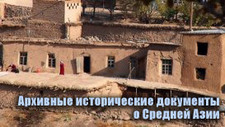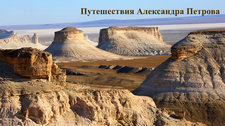Вы здесь
Mountains Shankoz in Karkaraly park.
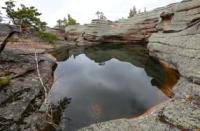
A trip from Karaganda to Shankoz mountains.
"Karkaraly Mountains have exactly the same character as the Bayan-Aul Mountains: they also consist of pink granite boulders clad in moss and gray lichen, and their main range is covered with pine forest. In summer, the mountains are filled with a wealth of berries: raspberries, currants, strawberries, wild strawberries, and so on, and the gorges are white with fragrant bird cherry blossoms. And everywhere you look, views more beautiful than the next. The mountains are not as majestic as, for example, the Altai with its snow-capped peaks, but even here you feel infinitely at ease, perched on some granite summit. Everything that perhaps troubled and tormented you down there, where such colorless life stretches on, seems, if only for a moment, something ghostly and distant..."
N. Ya. Konshin. "From Pavlodar to Karkaraly." 1901.
A trip from Karaganda to Almaty.
Shankoz Mountains are located in northwest of Karkaraly mountain range in district of same name, within Karkaraly nature park in east of Karaganda region. Shankoz Mountains are the northwestern gateway to the Karkaraly range.
Shankoz Mountains stretch from northeast to southwest for 21 kilometers, with their greatest width in the central part being 9.7 kilometers. The highest point of the range is Mount Shankoz, located in the eastern part, at 1,360 meters above sea level.
On the eastern side, the mountains are bordered by the seasonal Kendara River, and in the northeast by the Aleksandrovsky Stream. To the northwest, the mountains are bordered by bitter-salt and salt lakes – Ashchykol, Zhartas, Shuykyrkol, and Zhanabet.
The Karaganda-Karkaraly highway runs through the northern part of the mountains. To the south, the mountains border the small Koktobe massif, with a dominant elevation of 1,254 meters above sea level, and the wide valley of the Zharly River.
The mountains' hydrography is insignificant; the mountains are dry; only in April and mostly in May does melting snow form streams that belong to the Zharly and Kendara river basins and the northwestern salt lakes. Shankoz Mountains are characterized by a mattress-like topography composed of individual blocks.
Granite outcrops form rocky mountains, rising steeply from the vast, gently rolling steppe. As a result of erosion, the rocks have acquired bizarre shapes - niches, towers, arches, canopies, and the like. A characteristic feature of the northern end of the mountains are small lakes up to 71 meters long (Lake Moldir), located in granite depressions on rocky outcrops.
The northern part of the Shankoz Mountains contains up to 50 lakes nestled among the granite cliffs. Coarse-grained granites are light gray or pinkish in color. Granite domes are separated by bowl-shaped depressions. The predominant rocks in the mountains are granite and granodiorite.
The crests of the range consist of high rocky ridges, which, interrupted in places, extend for kilometers. The mountains are abundant with picturesque rock outcrops adorned with pine trees. In the central part, the mountains are cut by narrow gorges, and the soils of the massif are covered with pine and pine-birch forests, as well as shrubs and lichens.
Geographical and natural description of Shankoz Mountains.
The Shankoz Mountains (translated from Kazakh as "ringing spring" or "singing source") are a chain of low but picturesque granite elevations that form the northwestern wing of the Karkaraly mountain range. Their shape is gentle, the slopes covered with dense pine forests, giving way to birch and aspen groves.
Among the rocks, bizarrely shaped granite outliers are common – like stone guardians dotted across the peaks and valleys. Between the ridges lie narrow valleys and gullies, where numerous springs flow – hence the name Shankoz, as in the quiet of the mountains, the murmur of water truly sounds like a soft ringing.
On the southern slopes, open steppe areas with a variety of grasses can be found, where poppies, pasqueflowers, and mountain tulips bloom in spring. Shade and humidity prevail on the northern slopes, where moss and ferns are often seen.
The fauna of Shankoz is typical of Karkaraly: wild boar, roe deer, badgers, squirrels, hawks, and eagle owls. In the evening, the cries of kites can be heard over the cliffs or the soaring of an imperial eagle.
Historical information about Shankoz Mountains.
The first description of the Shankoz Mountains appears in the works of XIXth-century geographers and naturalists who explored the Karkaraly Mountains during expeditions of the Russian Geographical Society. In the early XXth century, Shankoz was frequently visited by ethnographers and geobotanists - it was here, in a relatively small area, that they noted a combination of forest, steppe, and mountain ecosystems.
During Soviet times, this area was often used as a training ground for Geologists and biologists from Karaganda University. Today, the mountain area is part of the Karkaraly State Nature Park, ensuring its protection and making it accessible for tourist routes.
Legend of Shankoz - "Singing Spring."
There's a legend among local residents about the origin of the mountains' name. Long ago, the elders say, a girl named Shankoz lived in these parts - a beauty with a voice as clear and ringing as a mountain stream. She sang by the spring, hiding her face from the sun under the pine branches.
Hearing her voice, a young hunter got lost, unable to tell whether it was a person singing or the water itself.When the girl died, the spring where she sang began to echo with her voice. Since then, the mountains have been called Shankoz - in memory of the song that echoed in the mountains. To this day, if you stop by the springs in silence, you can hear the water "singing" as it flows over the stones.
Information for travelers and explorers of Shankoz Mountains.
Access: From Karkaralinsk, take a dirt road northwest, landmark - Koyandy tract. The village is approximately 10 - 12 kilometers from the foot of the mountains.
Elevation: 200 - 250 meters from the base.
Hiking distance: 7 - 8 kilometers roundtrip.
Travel time: approximately 3 - 4 hours with stops.
Tips: It's best to climb in the morning or afternoon, when the cliffs are tinted with a soft light. Springs with clean water are common in the valleys – you can fill your water bottle, but don't forget to filter or boil it. The ridges are convenient for camping: views open up to the Karkaralinsk Massif, the Kent Mountains, and the endless steppes.
In autumn, the slopes are especially picturesque – pine and birch trees create a vibrant contrast of golden-green hues.
Atmosphere and impressions of Shankoz Mountains.
Shankoz is a place where nature sounds soft, almost musical. There are no harsh winds, noisy birds, or roaring rivers. Only the rustling of leaves, the murmur of water, and the occasional cry of a hawk over the peaks. When you stand on one of the granite domes and look into the distance, it seems as if the steppe breathes in unison with the mountains, their lines stretching to the horizon, dissolving into the haze.
This is the ideal place for those seeking peace, an easy walk, and the opportunity to experience Karkaraly not as a park, but as a living, ancient land where each peak holds its own history.
Geographic coordinates of Shankoz Mountains are: N49°26'42 E75°19'21

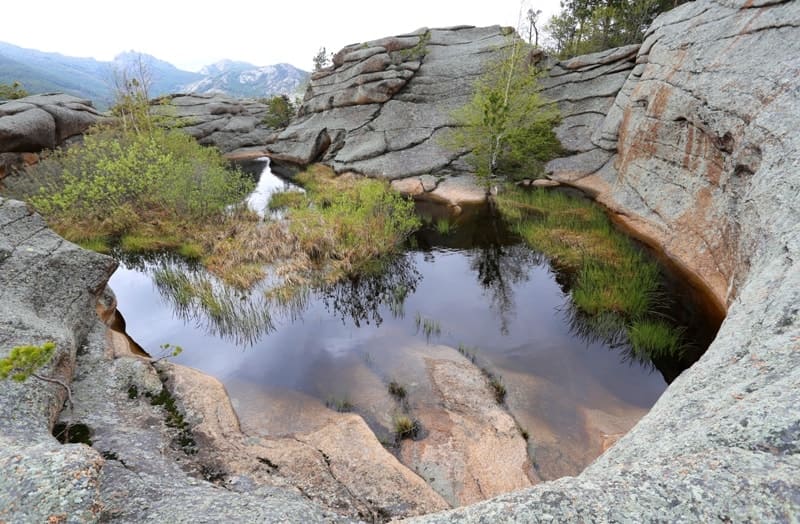
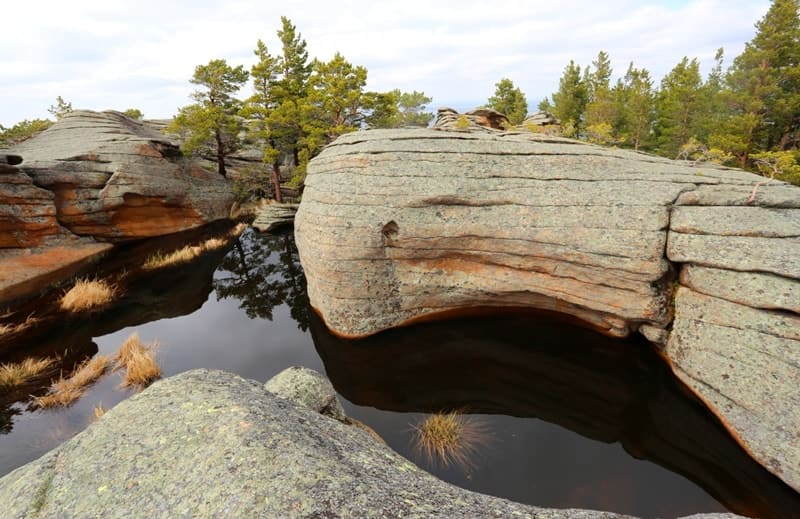
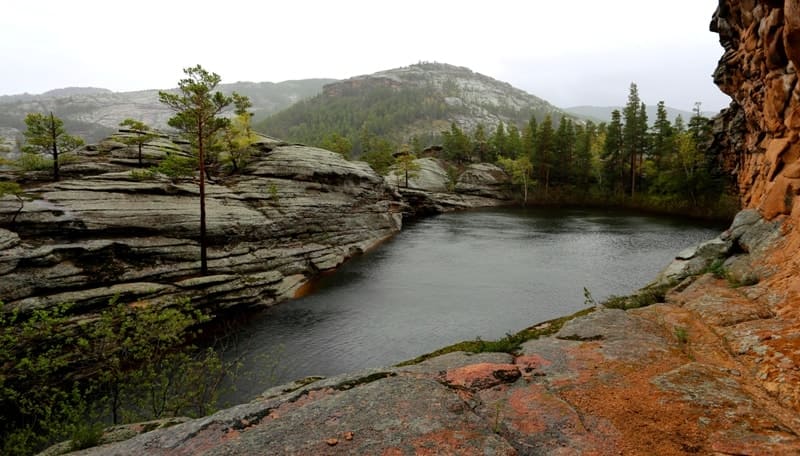



Authority and photos by:
Alexander Petrov.





